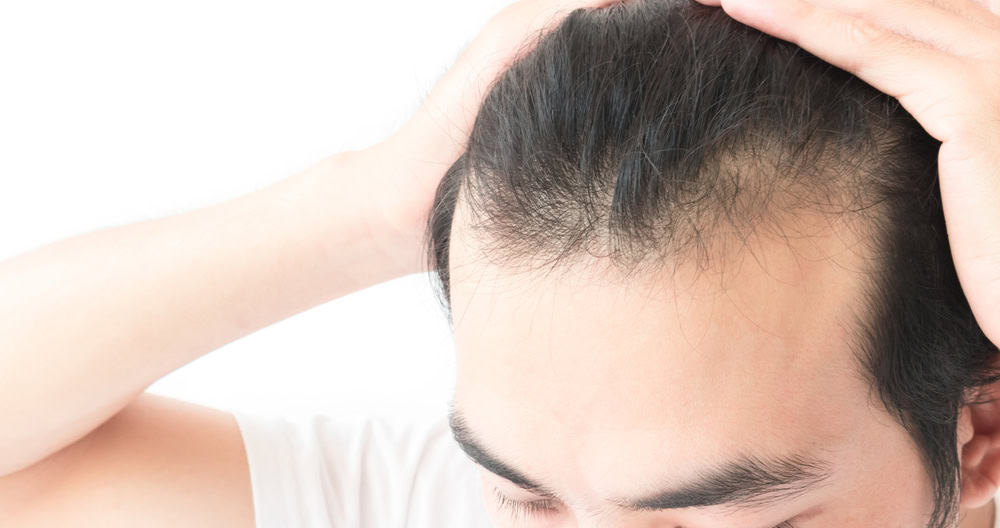
Hereditary-patterned baldness, also known as androgenetic alopecia, is the most common form of hair loss affecting both men and women. If you’ve noticed a receding hairline or thinning spots, you might be experiencing this type of baldness. It usually follows a predictable pattern — hair loss at the temples for men and thinning at the part line for women.
The main culprit behind this condition is genetics, which influences how sensitive your hair follicles are to dihydrotestosterone (DHT), a derivative of testosterone. This sensitivity can lead to hair follicles shrinking over time, eventually causing hair to stop growing.
Understanding these patterns and factors is the first step toward exploring effective hair restoration options tailored to your needs at International Hair Institute.
Hair Restoration Techniques Available
Various effective hair restoration options can help you manage hereditary-patterned baldness, depending on your specific condition and preferences.
Hair Transplant Surgery
A hair transplant involves moving hair follicles from denser areas of your scalp to thinning areas. This technique can provide a natural appearance, as it uses your own hair. It’s particularly suitable for visible bald spots and receding hairlines. Remember, results vary, and multiple sessions might be necessary.
Non-Surgical Treatments
For those looking for less invasive options, oral medication treatments like Minoxidil and Finasteride might be appropriate. Minoxidil pills, available by prescription, stimulate hair growth and are suitable for early stages of thinning. Finasteride helps reduce hair loss by blocking DHT production. Both treatments require ongoing use to maintain results.
What To Expect From Hair Restoration
Embarking on a hair restoration journey starts with a detailed consultation at International Hair Institute in Chicago. Here, you’ll discuss your hair loss history and treatment expectations with our team. This step is crucial for tailoring a plan that suits your needs.
Before the procedure, we will outline the steps involved and prepare you for what to expect during the treatment. Whether you choose a hair transplant or non-surgical options, knowing the process can help ease any concerns.
The recovery period varies by treatment type. Hair transplants may require a few weeks for initial healing, with noticeable growth emerging after several months. Non-surgical treatments like Minoxidil or Finasteride involve ongoing usage and gradual effects.
Throughout your treatment, regular follow-ups will ensure that your restoration is progressing well and adjustments are made as needed. Setting realistic expectations and having open discussions with our team are key to achieving the best outcomes.
Schedule Your Hair Restoration Consultation in Chicago
Ready to take the next step towards overcoming hereditary-patterned baldness? Visit International Hair Institute in Chicago, IL. Whether you’re considering a hair transplant or want to learn about non-surgical options, our team of experts is here to guide you.
Schedule an appointment today by calling (312) 854-3899. Let us help you regain your confidence with a personalized treatment plan.




